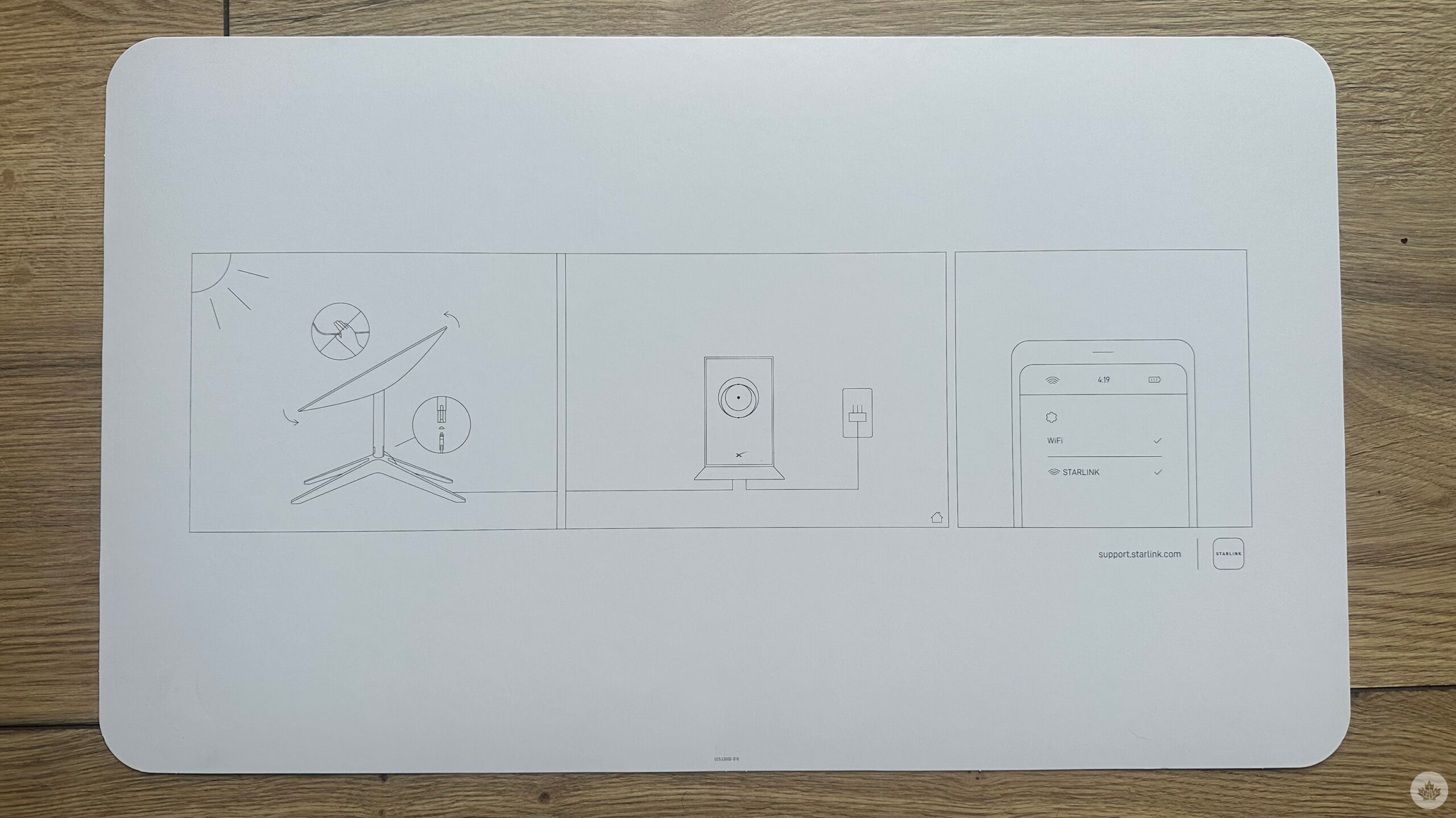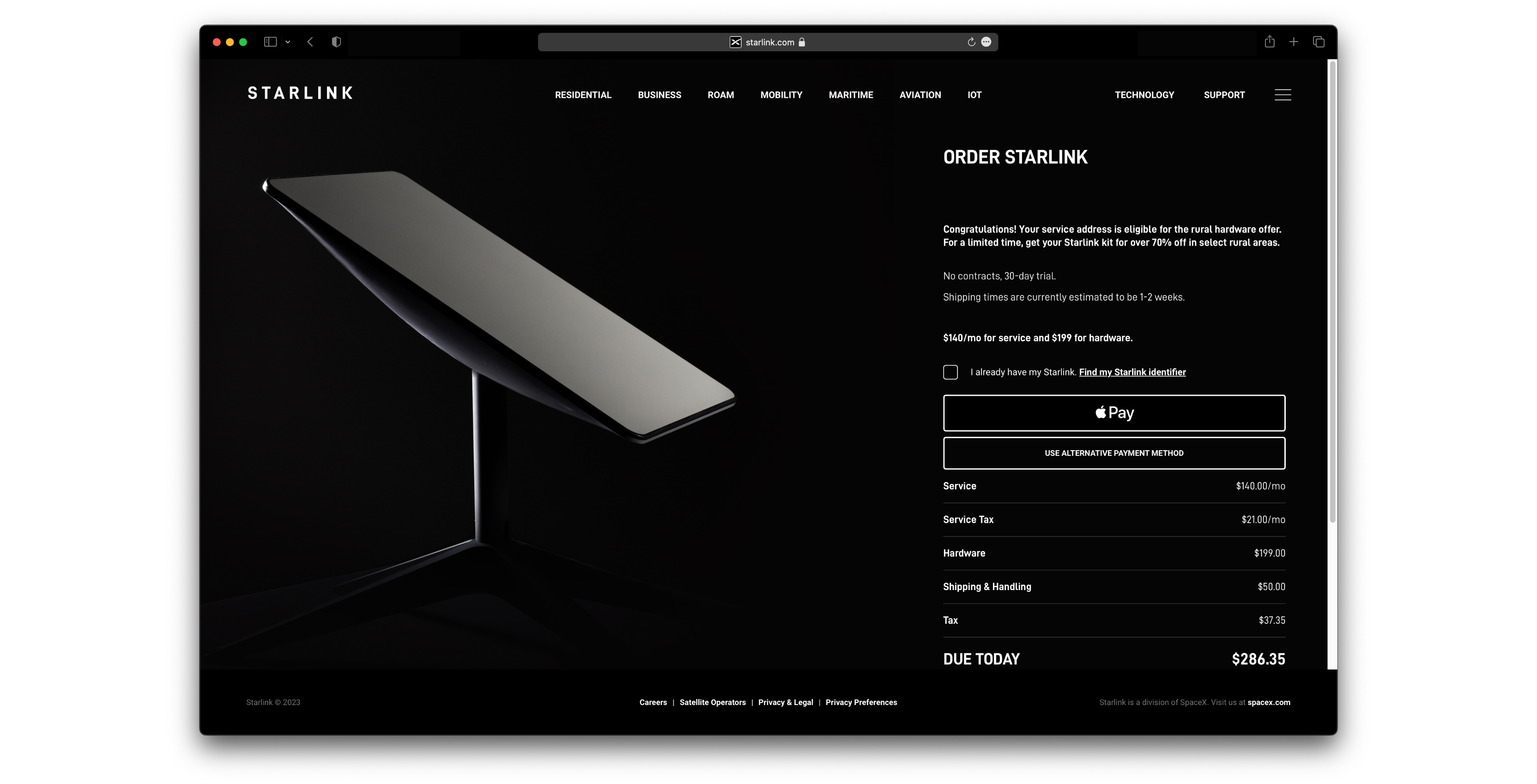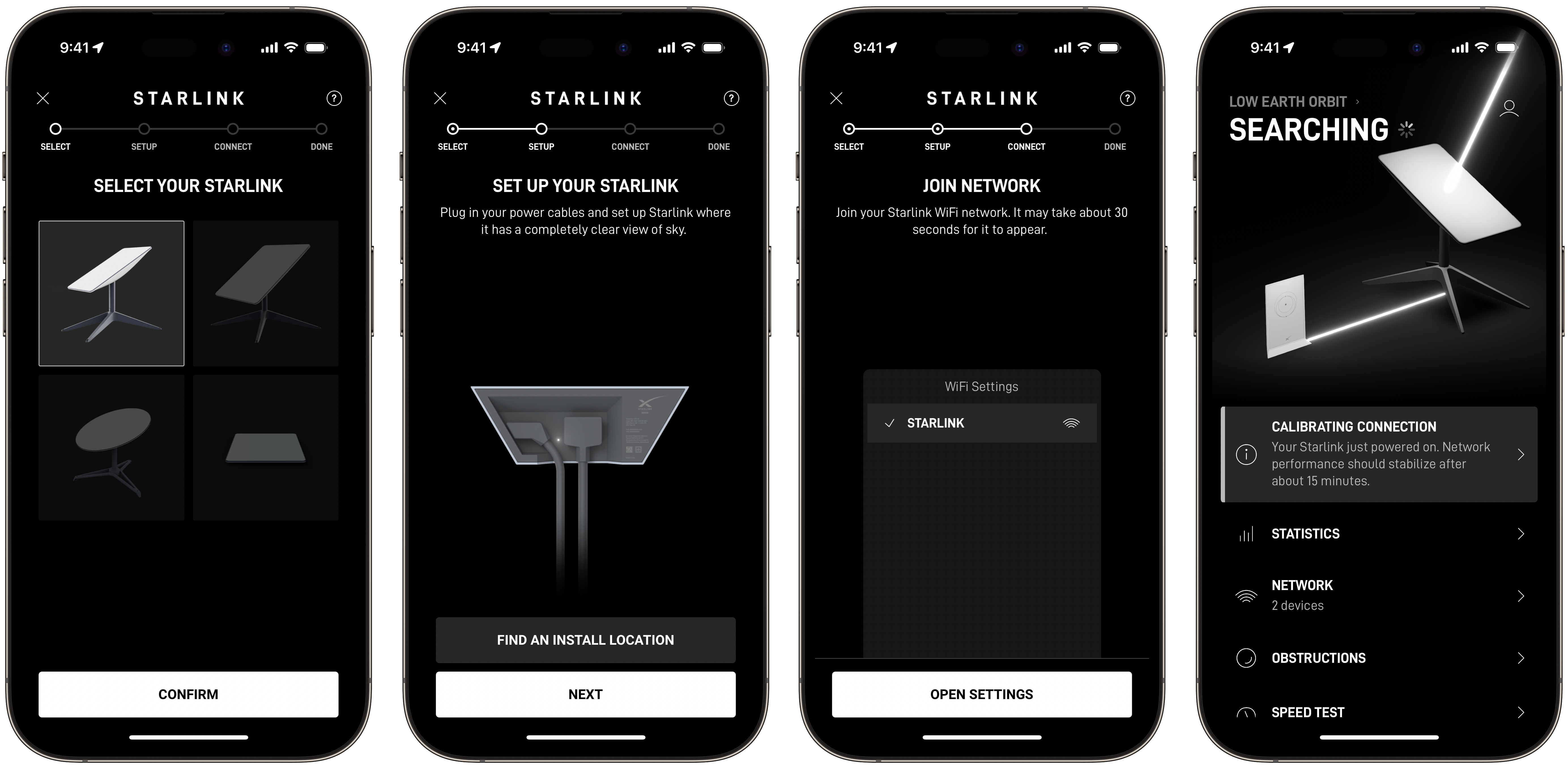Can Starlink work as a backup home internet solution?
I firmly believe that greater internet access leads to vast economic benefits by enabling people an equal opportunity to work remotely, learn virtually, and be entrepreneurial by running an online storefront. Living in rural Canada is a great way to escape the busyness of the city. Traditionally, reliable internet access has been a challenge for Canadians living in rural communities. Current options like DSL, rural broadband, and mobile data connections can be slow or unreliable and are undoubtedly expensive.
That was until Starlink came to Canada. Starlink has long been an exciting service to me. In theory, Starlink could be rural Canada’s solution to internet access with unlimited usage, decent speeds, and competitive pricing. The possibility of bringing greater internet access to rural Canadians at a more affordable price got me thinking, could Starlink be a backup home internet connection?
What is a backup internet connection?
Backup internet connections are somewhat common in business and enterprise environments but nearly non-existent in homes. A backup internet connection is an alternative way to access the internet if the primary connection becomes unavailable. Here’s the situation, I work remotely and make my living by working on the internet eight to 12 hours a day, six or seven days a week. This means that if my Bell fibre optic connection goes down, I pretty much can’t work.

This can and does happen. Nova Scotia is no stranger to tropical storms and the occasional hurricane, causing the power to go out. One time, technicians ran wires into my condo building and accidentally cut the building’s internet connection. Luckily the issue was resolved the same day, but initially, it seemed like it could have been a day or two of an unexpected outage. When moving, Bell once missed their installation window on three different days, and most recently, my neighbour’s internet went out for over a week before a technician could come and resolve her issue.
While not having access to the internet might seem peaceful to some, no internet for me means no money. Therefore, I’ve been thinking a lot about the possibility of a backup internet connection. Installing another ISP like Eastlink has an expensive monthly fee with basically zero flexibility, and I’d obliterate my mobile data pool by relying on it for work for a week. Then, there’s Starlink.
What is Starlink?
Starlink is a satellite internet constellation located in low-earth orbit. Traditional satellite internet constellations are placed further away from Earth, allowing a single satellite to cover a wider area. In contrast, Starlink uses thousands of small satellites located much closer to Earth. While a satellite in low earth orbit means it can’t serve as wide of an area as satellites situated further away, it can provide lower latency meaning much faster speeds. Starlink is constructed and deployed by SpaceX and is the vision of the company’s founder and CEO, Elon Musk.
How expensive is Starlink?
There are two parts to subscribing to Starlink. First, you must purchase the hardware at a regular retail price of $759+tax. The hardware is the dish you attach to your home, RV, or boat and connects to the Starlink satellites. Once connected, you pay a monthly service fee, similar to your home ISP. For most people, that’ll be $140+ tax per month. Although Starlink also offers more expensive plans for customers using the service on an RV or boat and if they require network priority.

My initial hesitation with Starlink was the hefty upfront fee. Considering I was looking for a semi-affordable solution for use maybe once or twice yearly, $800 was out of the budget. To the surprise of many, Starlink began offering 50 percent off back in March to Canadian customers, and then in May, Starlink further discounted its hardware to 70 percent off for rural Canadians. For 70 percent off or around $200, I thought, sure, I’ll make the purchase. To my surprise, my address in Halifax counted as rural and $200 later, Starlink shipped me some hardware.
Regarding the monthly fee, I ordered Starlink with the expectation of flexibility in my subscription. Traditional ISPs charge you a small monthly fee, usually around $20 per month, for a “seasonal disconnect,” which can last for a maximum of six months. Starlink’s RV plan, on the other hand, has the option to pause the subscription and resume at any time. Starlink’s standard plan does not have this option, but you can cancel anytime for no additional fees. The only risk is that Starlink does not guarantee you can resubscribe anytime if the local network is at capacity.
Ordering and Setup Experience
Ordering Starlink is surprisingly simple. All a person needs to do is visit Starlink’s website, enter their service address and click the Order Now button. From there, you’re prompted for payment details or the option to use Apple Pay. Once your order is confirmed, the estimated delivery time for your hardware is one to two weeks. To my surprise, my hardware arrived much sooner.

My hardware arrived in a dark grey cardboard box. Inside was the dish with an attached long micro-USB cable, a metal stand, a wireless router, and a power cable. The only instructions inside were a single white sheet of paper with graphics on how to connect everything. Mind you, it’s pretty straightforward. Lock the dish into the metal stand, connect the dish’s micro-USB cable to the wireless router, plug the power cable into the router and then into the wall, and install the Starlink app to your smartphone.
From there, launch the Starlink app to configure your wireless network. It’ll take 15 minutes for the hardware to connect to the Starlink network, and then you can access the internet! The Starlink mobile app also has a speedtest tab or you can use the Ookla Speedtest.
Final Thoughts
First and foremost, Starlink is really cool. It does an impressive job of making satellite internet accessible to more people. The ordering and setup process was quite simple overall. After setting up my Starlink, I, of course, ran some speed tests. On a cloudy afternoon in Halifax, I was symmetrically getting 30 to 50Mbps, which is plenty for just about any remote worker. Even the upload speed is two to three times faster than what Eastlink offers as a cable-based ISP.
Once I set up my Starlink, I changed my plan from regular to mobile. It costs a little more but allows me to pause the service while not in use and gives me a lot more flexibility. Plus, I want to try Starlink in various situations and locations in the future, including while camping or when internet connections are limited.
Overall, Starlink can be a viable backup internet connection or even an excellent primary connection. I haven’t extensively tested Starlink, but my initial experience has been positive. My next step is to order the Ethernet Adapter, which would allow me to connect my Starlink to my Eero mesh network and continue operating my smart home normally. Combine Starlink with a backup battery like one from Bluetti, and you can continue to work despite any power outage.
For all the latest Technology News Click Here
For the latest news and updates, follow us on Google News.

